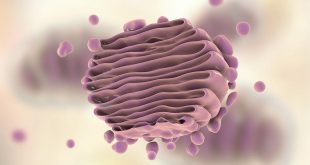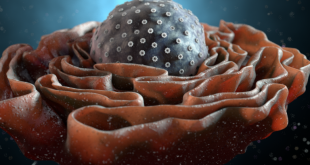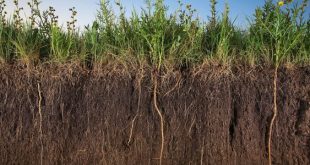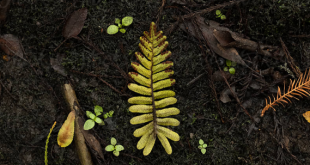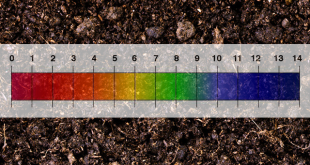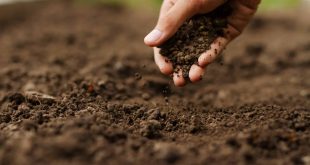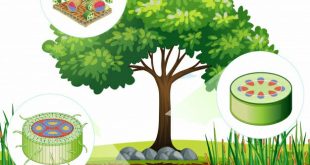Host manipulation induced by parasites is broadly distributed in nature and it has been a topic of several studies over the past decades (Thomas et al. 2010). Ophiocordyceps unilateralis (Clavicipitaceae: Hypocreales) is a fungal pathogen-specific to ants of the tribe Camponotini (Formicinae: Formicidae) with global distribution. Among these myrmecophilous species, this so-called …
Read More »Golgi Apparatus: The Traffic Police of Cell
Golgi apparatus is ubiquitous in cells. They are found in living cells of both animals and plants and are a dynamic structure. In animals, Golgi bodies usually appear morphologically as a cluster in one part of the cell and are interconnected with one another through tubules like a fibrous network. …
Read More »Endoplasmic Reticulum: Discovery, Structure, & Function
The ER is the most extended organelle in plenty of eukaryotic cells: on average it occupies 10% of the cellular volume (Eelco and Roberto, 2016). The endoplasmic reticulum (ER) is a large, continuous organelle that extends throughout the entire cell (Eelco and Roberto, 2016). The ER not only is the …
Read More »Soil Buffering: Mechanism of Buffering Action & Importance
Buffers are aqueous systems that tend to resist changes in pH when small amounts of acid (H+) or (OH–) are added. A buffer system composes of a weak acid (the proton donor) and its conjugate base (the proton acceptor). A mixture of equal concentrations of acetic acid and acetate ion …
Read More »Soil Reaction: Soil pH, Sources of H+ & OH- Ions
In soil, there may be found 3 types of reactions. They are neutral, alkaline, or acidic reactions. The measure of the chemical reaction of soil(degree of alkalinity or acidity) is expressed by its pH value. Soil pH Soil pH is the negative logarithm of the concentration of hydrogen ion (expressed …
Read More »Soil Reaction: Importance & Factors Affecting Soil pH
The importance of soil pH can be classified into its direct and indirect effects on edaphology and pedology: Direct Effects 1. Toxic and destructive effect of OH– and H+ ions on root growth It is found that a destructive action on root tissues by acidity or alkalinity usually does not …
Read More »Soil Reaction: Pools of Soil Acidity
Research suggests that three major pools of acidity are common in soils: (1) active acidity due to the H+ ions in the soil solution; (2) salt-replaceable (exchangeable) acidity, involving the aluminum and hydrogen that are easily exchangeable by other cations in a simple unbuffered salt solution, such as KCI; and …
Read More »Primary Structure: Dicotyledonous, Monocotyledonous Root & Leaf
Root is the underground part of a vascular plant and Leaf is the flattened outgrowth from stem of a vascular plant. In this article, the Primary structure of Root and Leaf will be discussed in detail. Primary Structure of Dicot Root The root of Dicot plants usually consists of Epidermis, …
Read More » Plantlet The Blogging Platform of Department of Botany, University of Dhaka
Plantlet The Blogging Platform of Department of Botany, University of Dhaka

